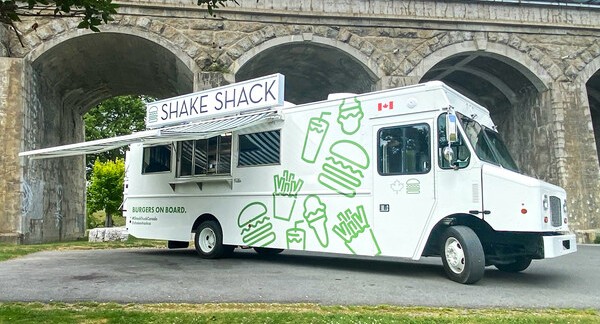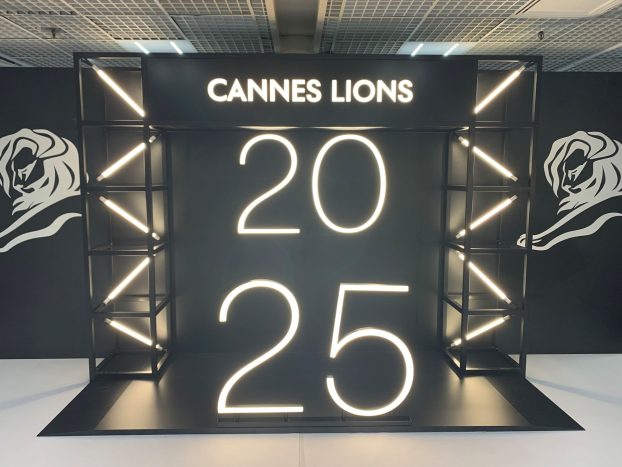Like the miniature internal cyclones that power its slick, black vacuum cleaners, Welland, Ont.-based Fantom Technologies has uprooted the traditional model for bringing new products to the marketplace and turned it on its head.
Most consumer product companies shift resources to direct marketing and direct selling only after decades of establishing their brands in the traditional, mass-market, bricks-and-mortar way. Fantom launched its products relying solely on the direct channel, then used its direct-built equity to get serious floor space in major retail banners like Sears, JC Penney and Kmart.
The company’s success is nothing short of stunning. In just four years, Fantom Technologies has taken its Fantom vacuum cleaners from market entry – that’s new brand, new product and new technology – to a commanding 44% share of the U.S. upright vacuum segment (US$195-and-up category, according to Intellect ASW/NPD Group of Port Washington, N.Y.) A $20-million company in 1994, Fantom says it inhaled $178 million last year and is on track to hit $240 million at the end of fiscal 1999.
It has to be said, the product is unlike any vacuum to hit the market: a sleek black number with a glass portal that allows you to witness its patented ‘Cyclonic’ action at work. Fantoms are powered by swirling air masses that act like a friction-free turbine, generating centrifugal force in much the same way a tornado does when it sucks up farms and trailer parks.
That’s a pretty nifty point of difference for a product category most would liken to car tires and air conditioners – grudge purchases with all the sex appeal of, well, vacuum cleaners. Yet Fantom chose to leverage the product’s technological appeal not with a glitzy mass-market advertising campaign, but with the rather more low-key tactic of long-form infomercials.
‘Our dilemma was, ‘How, as a Canadian company, do we penetrate the U.S. market successfully?’ says Allan Millman, CEO of Fantom Technologies. ‘In 1993, we had one product called the Fantom vacuum. We had no distribution to speak of in the United States, we were a small Canadian company and we didn’t have the money to invest in general advertising. So we determined that the best approach would be to use a 30-minute infomercial and use it as a means of creating awareness and creating demand, which would ultimately lead to retail distribution.’
Infomercials gave Fantom instant payback on the media buy and sufficient time to explain the product’s unique features and benefits, says Millman, which include a ‘bagless’ collection system that saves time and money while alleviating the drag on suction that vacuum bags incur as they fill up with gunk.
Interestingly, the company’s commitment to DRTV as the best means of entering a marketplace actually delayed the development of its Canadian business. Though a Canadian company with 50 years’ experience under its belt (it was formerly known as Iona Appliances), Millman says Fantom was compelled to launch its products in the U.S. first due to CRTC rules that restricted infomercials to the midnight-to-6 a.m. timeslot (a rule that was repealed in 1994).
All for the best, it seems. In the fall of 1994, the U.S. Kmart chain listed the first Fantom vacuum and promoted it nationally. Shortly after, The Home Shopping Network began pushing it in on-air selling programs.
Based on success with those two outlets, other deals followed and Millman says Fantom products are now available in about 10,000 stores throughout the U.S. and Canada.
Growth, however, has necessitated a change in strategy, and though direct response is still the cornerstone of Fantom’s marketing efforts, the need to maintain happy retailer relationships, along with the decreasing availability of affordable timeslots for long-form infomercials, has prompted a more sophisticated approach.
For instance, Fantom’s entire media buy in the launch phase was devoted entirely to long-form infomercials. With the growing demand for DRTV inventory, however, the company began using short-form, (60 second) DRTV spots in 1995 to supplement the longer spot and reach a larger audience. Millman says he now spends about 70% of his TV budget on short-form spots and about 30% on long-form.
The company has also opted to work with a number of communications suppliers rather than a single agency and has farmed out call processing to two separate service bureaus, one in Idaho and one in Toronto. Its long-form infomercials are shot and produced in the U.S., while its short-form spots are shot and produced in Canada, with final edits done in New York. Media buying is handled by yet another U.S. firm.
‘It tends to be a cast of thousands,’ says Linda Watson, vice-president of marketing for Fantom. ‘When we set out on a project, we look for the best-in-category supplier.’
The short-form commercials have at their centre an 800 number that people can call to request information. Fantom sends the prospect a video and literature. The prospect chooses whether to order directly or go to a retail store.
‘All of that has worked to our favour,’ says Millman. ‘We do about 90% of our sales to the U.S. and about 90% of those sales are through retailers as opposed to direct response.’
With 10% of Fantom’s sales still being done directly, one might think retailers would be concerned about channel competition. But of his direct-sell strategy, Millman says retailers ‘love it’.
‘We’ve had times where we’ve cut back on our advertising and they’ve noticed it in the stores and have asked us to increase the advertising.’
He says that Fantom doesn’t undercut retailers on the price, opting to add accessories instead and leave discounts to the discretion of retailers. While consumers can choose which buying method suits them best, the value proposition is essentially the same.
That complementary marketing approach could be further strengthened as Fantom ramps up its e-commerce capability.
An informational Web site was launched over a year ago with e-commerce functionality added last November during the frenzied shopping period surrounding the U.S. Thanksgiving weekend.
‘We haven’t emblazoned the site address on everything yet because we want to be sure everything is working the way we want it to,’ says Watson, adding the site generates roughly 95,000 visits each month. The company has done a bit of media testing, evaluating the effectiveness of major search engines to drive people to the Fantom site. ‘It was just a very small test,’ says Watson, ‘but it looks like it’s very promising and we’ll probably do more of that.’
Fantom has been using its site to test a teaser campaign for its soon-to-be-launched Fantom Cyclone XT. Watson says that 400 people responded to the Web site-only campaign, asking for product information and details on how to order.
‘As far as the retailers are concerned, they understand that it’s another avenue of direct response – that people will go to Web sites to do their homework, but in many cases want to kick the tires first, so they’ll go to a store to make the actual purchase.’























